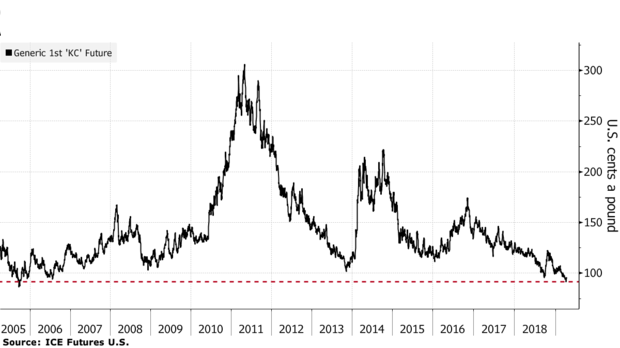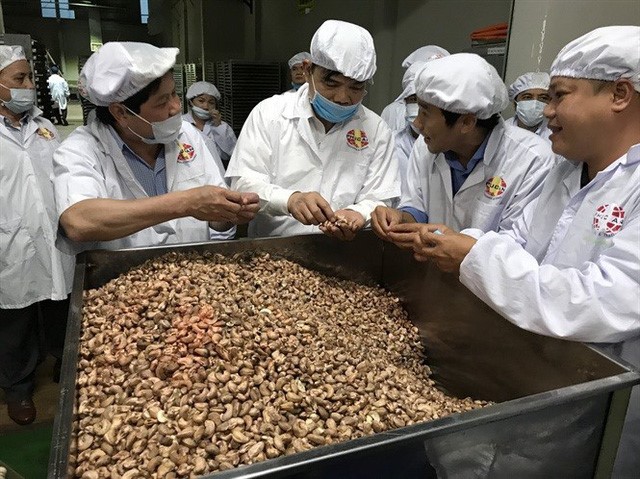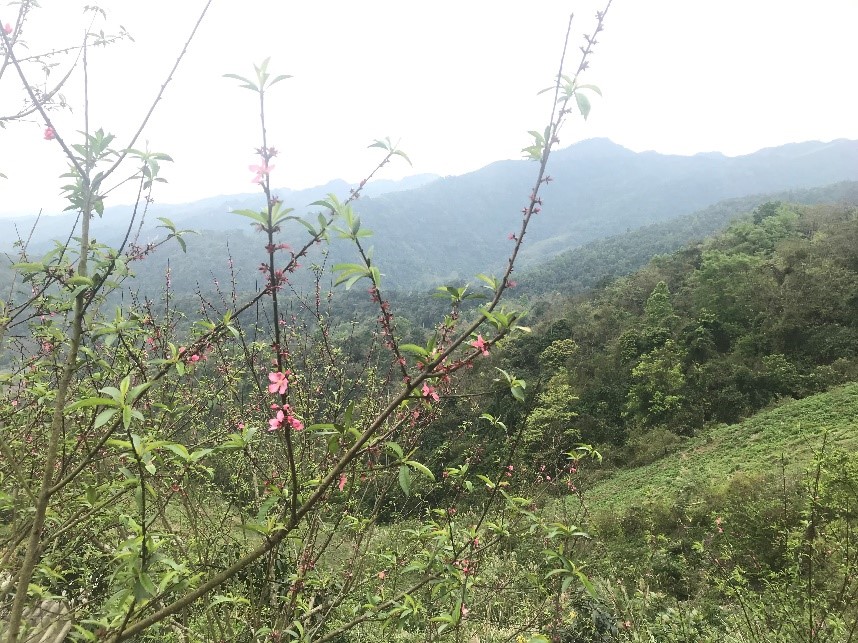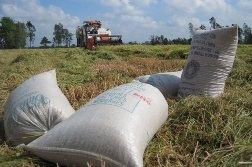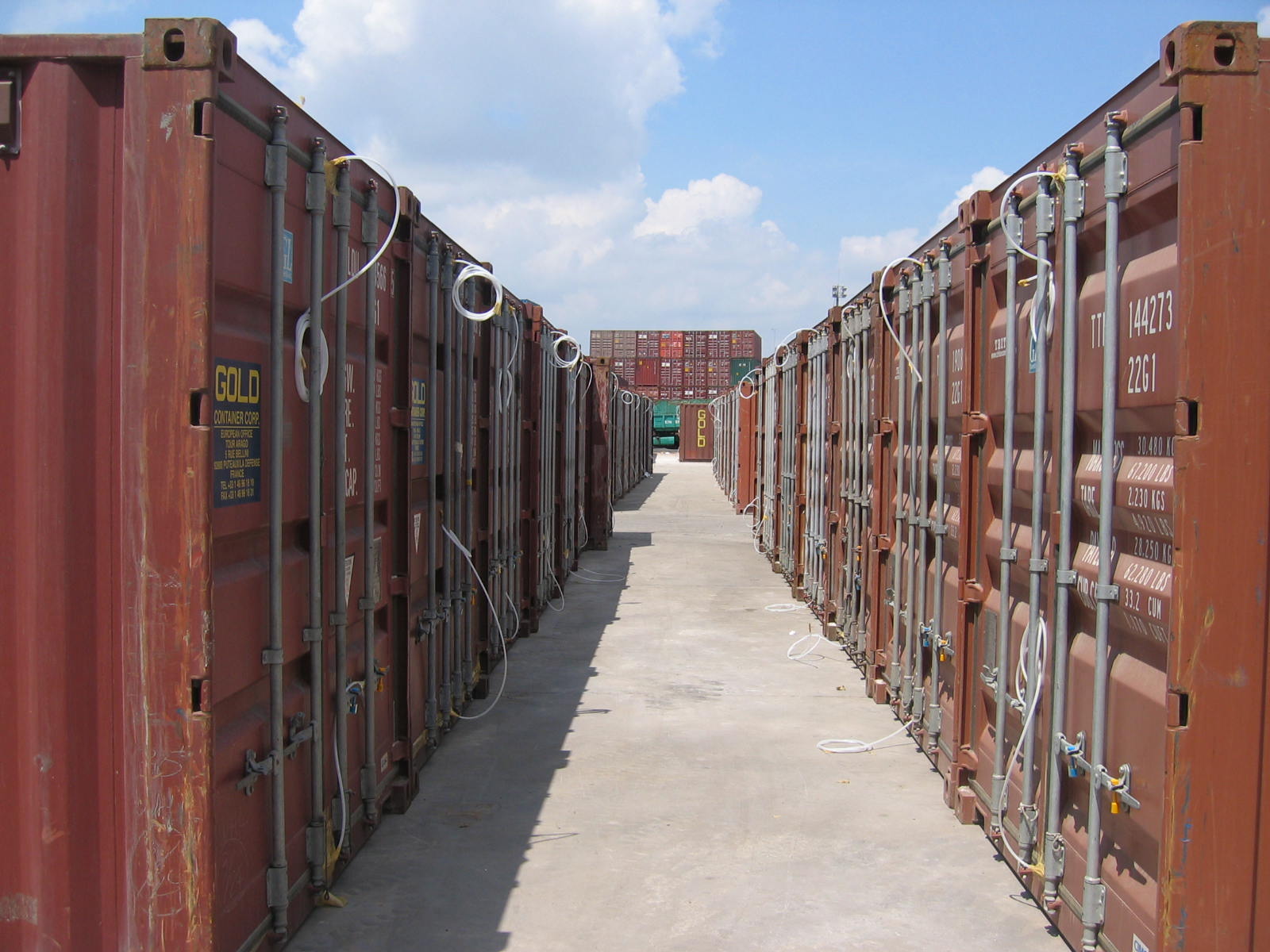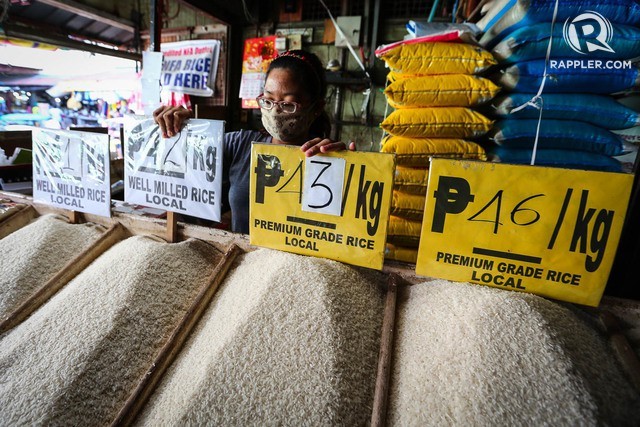
New Philippine rice tax law
11:13, 02/05/2019
 7456 lượt xem
7456 lượt xem
The approval of the Philippine Rice Tariff Act only passes half the battle
While industry stakeholders do not convince President Rodrigo Duterte to veto some of the provisions before signing the law, many different organizations must address the application of safeguards in the implementation of the rules and rules of law (IRR), according to Rappler.
Before the Philippine Department of Agriculture (DA) stamped approval for IRR, Agriculture Minister Emmanuel Piñol said they had considered the requirements of stakeholders in the rice industry:
For farmers who are worried that there will be no traders buying their crops, the National Food Authority will use the national warehouse - to bring rice from farmers to the market and buy fresh rice, or unmilled rice. , from farmers again.
For employees of the National Food Authority (NFA), who will lose their jobs because the agency will lose management functions: Some staff will be transferred to the Plant Industry Department (BPI), because the unit This will be assigned the task of granting sanitary and phytosanitary licenses to anyone who wants to import rice.
Easier access to the Rice Competitiveness Fund (RCEF): farmers can also use free credit facilities, agricultural equipment and free rice seeds. The lending rate will also be one third of the current interest rate set by the Central Bank.
Will the promise with farmers be made?
Last week, Mr. Piñol finally signed the IRR. The DA is the final agency among the relevant agencies to approve IRR, including protection measures that the DA has promised to industry stakeholders.
Under NFA's new role changes, there is no mention of stockpiles. NFA is only required to ensure their stockpiles are at the optimum level. Reserves also need to be essential for emergency situations and disaster relief activities of the government.
The IRR also said that the NFA will maintain its reserve level for only 15 days at any time and designate 30 days of reserve value during the month of fasting.
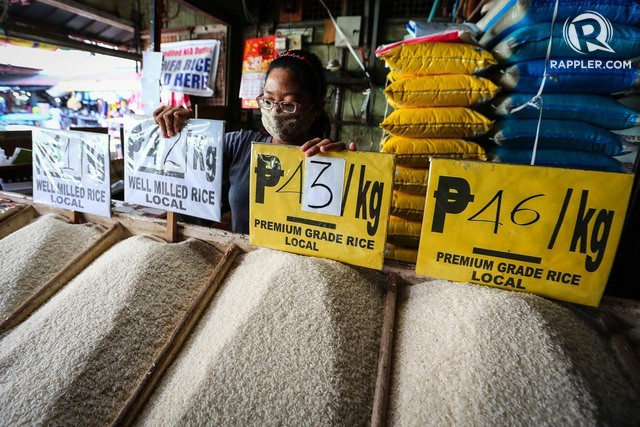
Pictuer: Jire Carreon/Rappler.
Restructuring NFA
Currently, the agency's mission is to maintain national reserves, the NFA will continue to survey commercial rice reserves until December 2019. By July 1, 2020, inventory survey activities should be transferred to the Philippine Statistical Office.
NFA is given 60 days after IRR takes effect for restructuring. However, the agency only has 30 days to submit a restructuring plan or reorganize the government-owned and controlled companies' management committee.
In addition to building a new company structure and proposing compensation packages for affected employees, the NFA will also have to plan a new role for employees to be moved to other positions.
NFA and DA will also have a maximum of 15 days from the effective date of the IRR to revise and transfer the Food Development Center - a division responsible for scientific support for food safety - for the DA.
According to Piñol, the drafting of the new company structure and the transfer of the task will be handled after Holy Week, causing the disruption of NFA employees, who can continue to serve the government.
Import as prescribed?
IRR clarifies that, in addition to the issuance of customs clearance for sanitary and phytosanitary import (SPSIC), the Philippine Plant Industry Bureau (BPI) will also monitor the number of rice shipped and provide a list of houses Imports are recognized, along with the volume of rice they will import on their website.
Only traders, who are part of the DA Trading System, can register for SPSIC.
The IRR also said imported rice would come to the country before SPSIC expires, but there was no response if the import of rice was delayed.
With its new functionality, the BPI will have to open up new positions but the creation of these new roles will be minimal, according to the IRR standard.
It is still unclear whether NFA employees will be transferred to these new positions, but Piñol has previously assured them that they will be dispatched to the BPI to help with the release of SPSIC.
Promote productivity
In addition to RCEF, IRR also requires a new rice roadmap, to be drafted within 180 days. That means it will have to be done on or before September 5, 2018.
What will happen if there is too much or too little rice?
IRR said that the president will be given the right to intervene, as recommended by the NEDA Council and the NFA Council.
Article VI of the IRR states that the President can "adjust the current import duty at the bound rate that the Philippines has committed under the Agreement of the World Trade Organization (WTO) on agriculture and under the Agreement. ASEAN Merchandise Trade (ATIGA).
According to ATIGA, all rice import activities from ASEAN countries will only be hit with 35% tax. For non-ASEAN countries, the tax rate is 40% as long as the import does not exceed 350,000 tons under the minimum traffic volume requirement (MAV) or the quantitative limit of the product may enter a country with a tax rate. lower.
Over MAV, the tax rate will be over 180%.
Applying a lower tax rate can only be valid for a maximum of 90 days or until rice shortage has been overcome.
However, the president can only intervene if Congress does not meet. The adjusted tax rate will only be effective after 15 days from the date of publication.
Lyly Cao
Source Economic & Consumer

